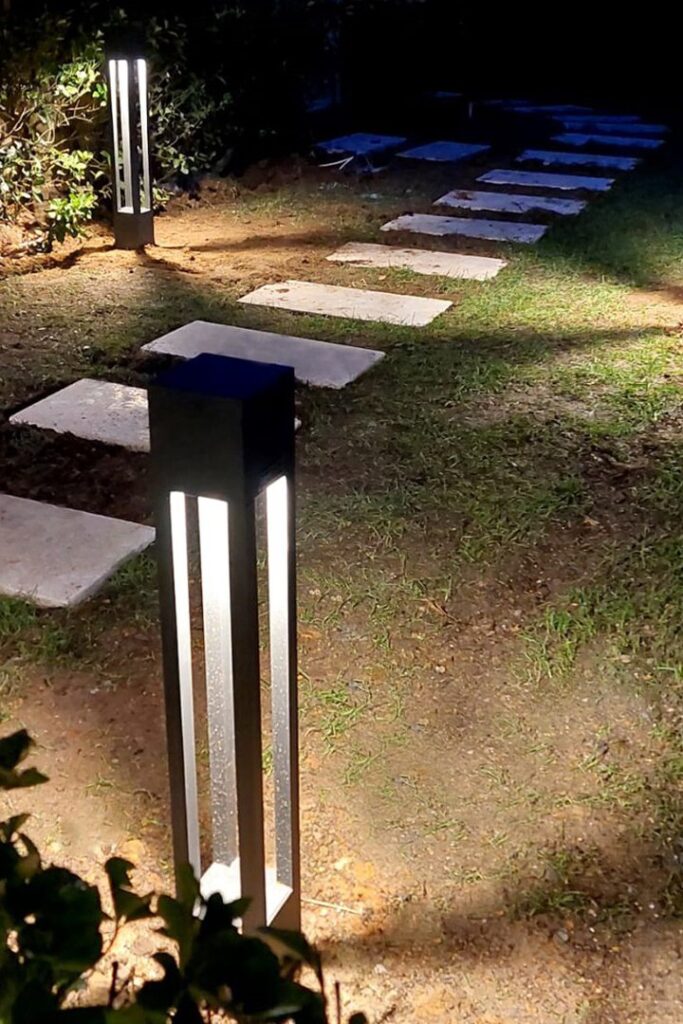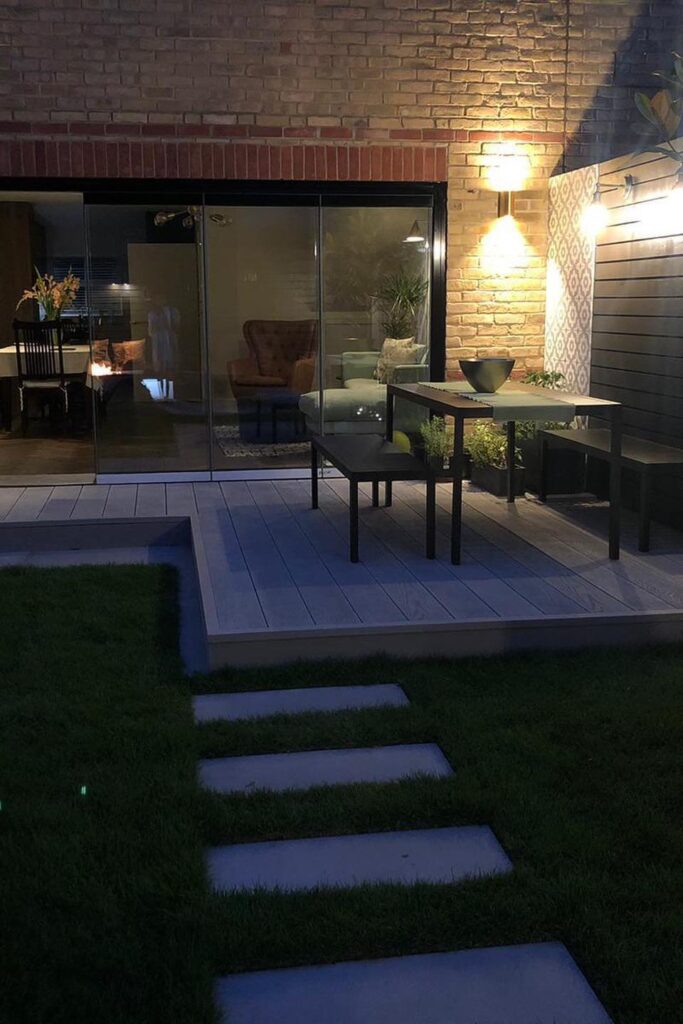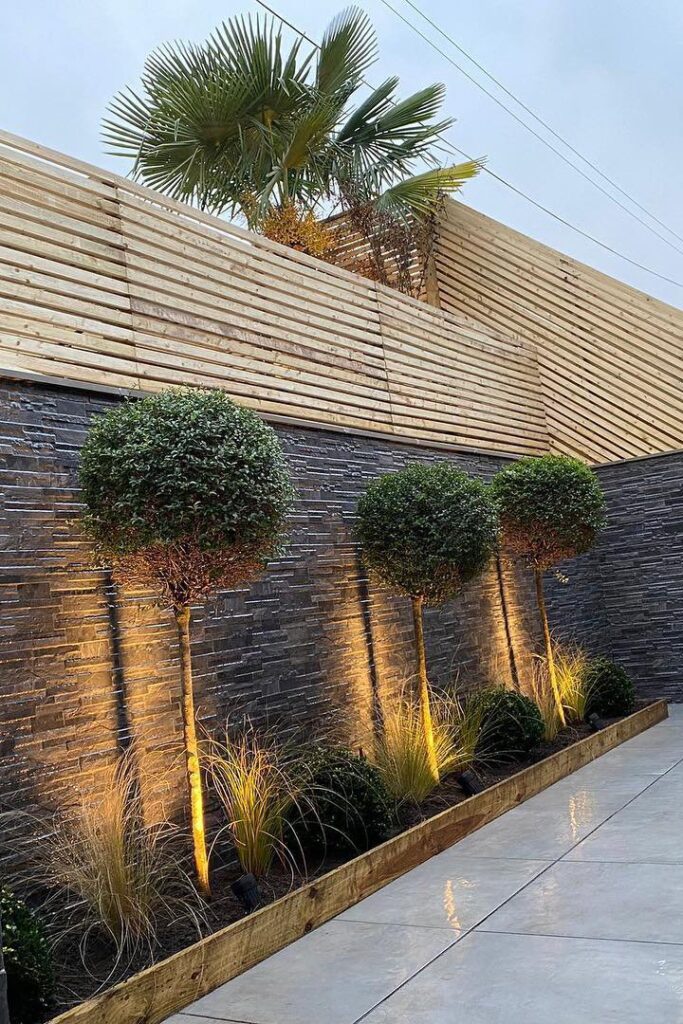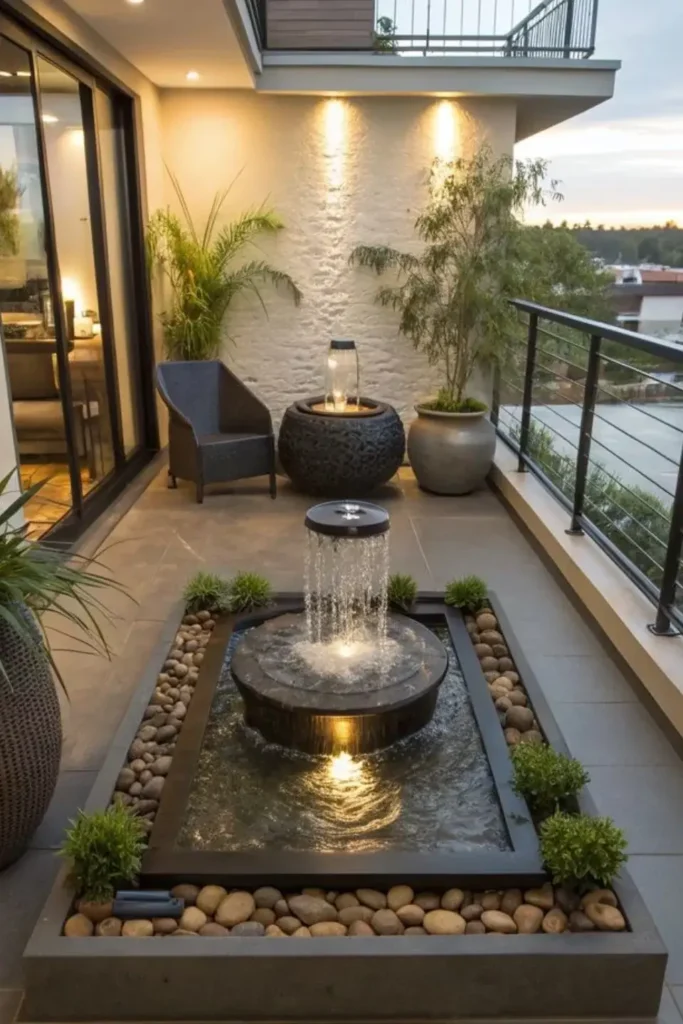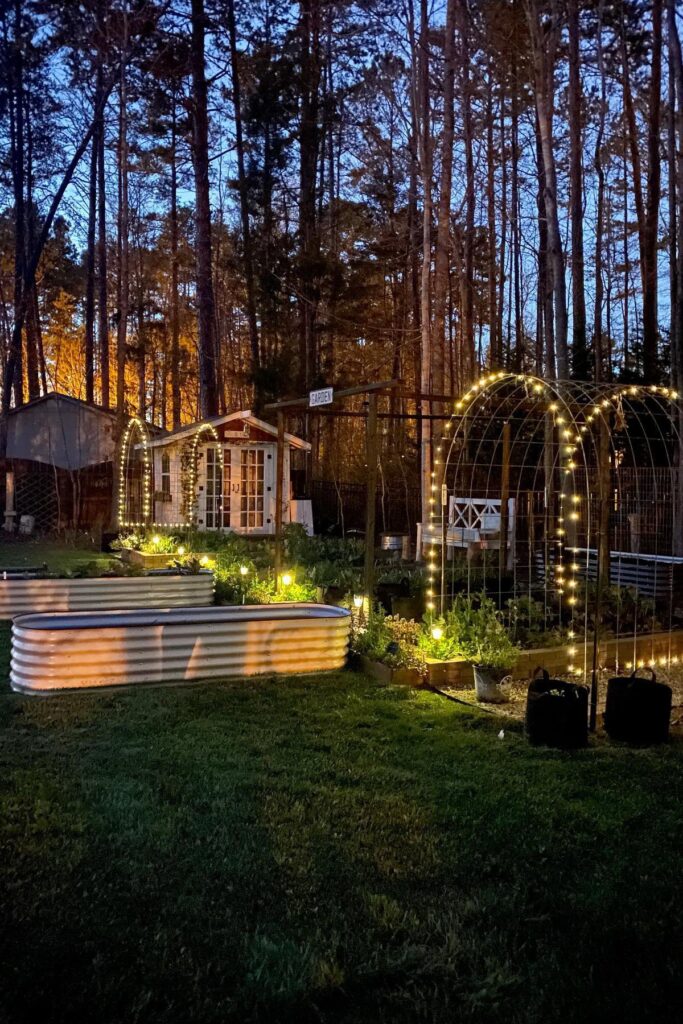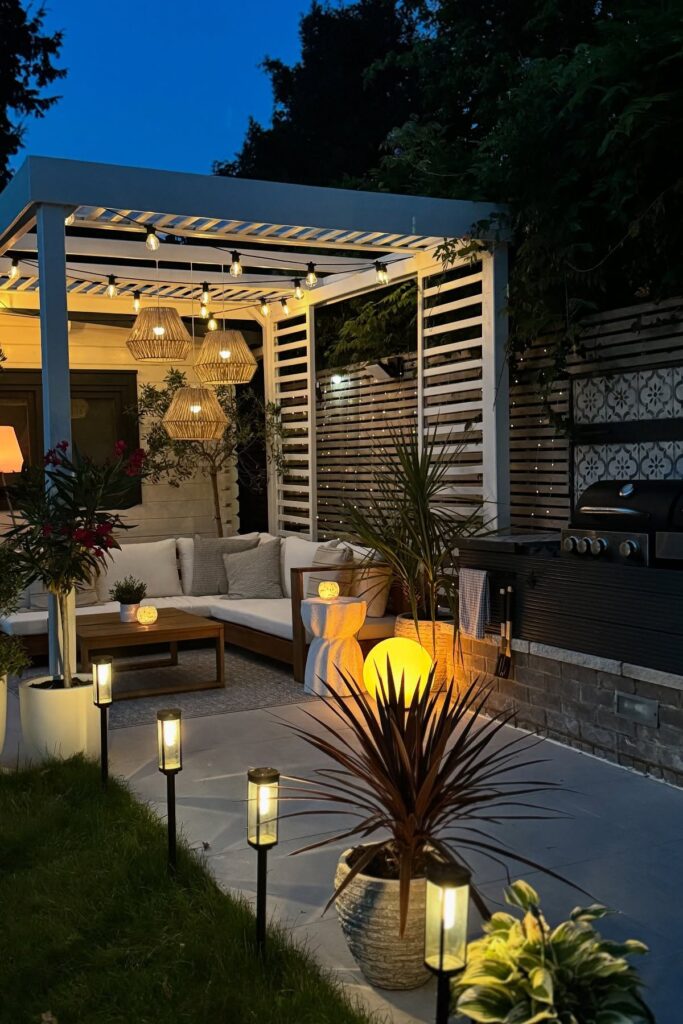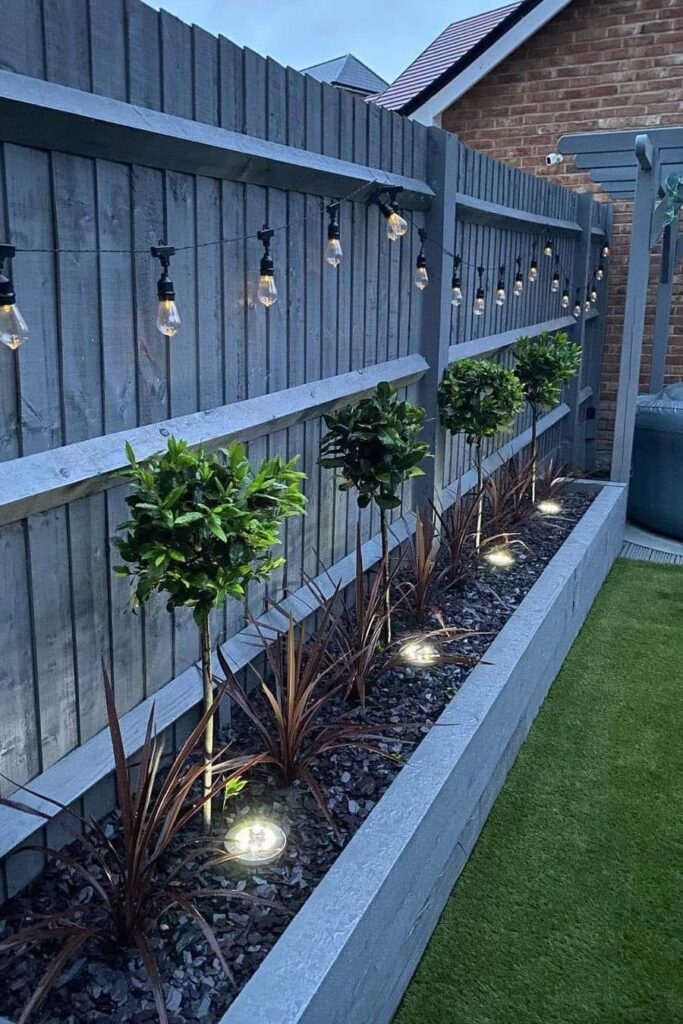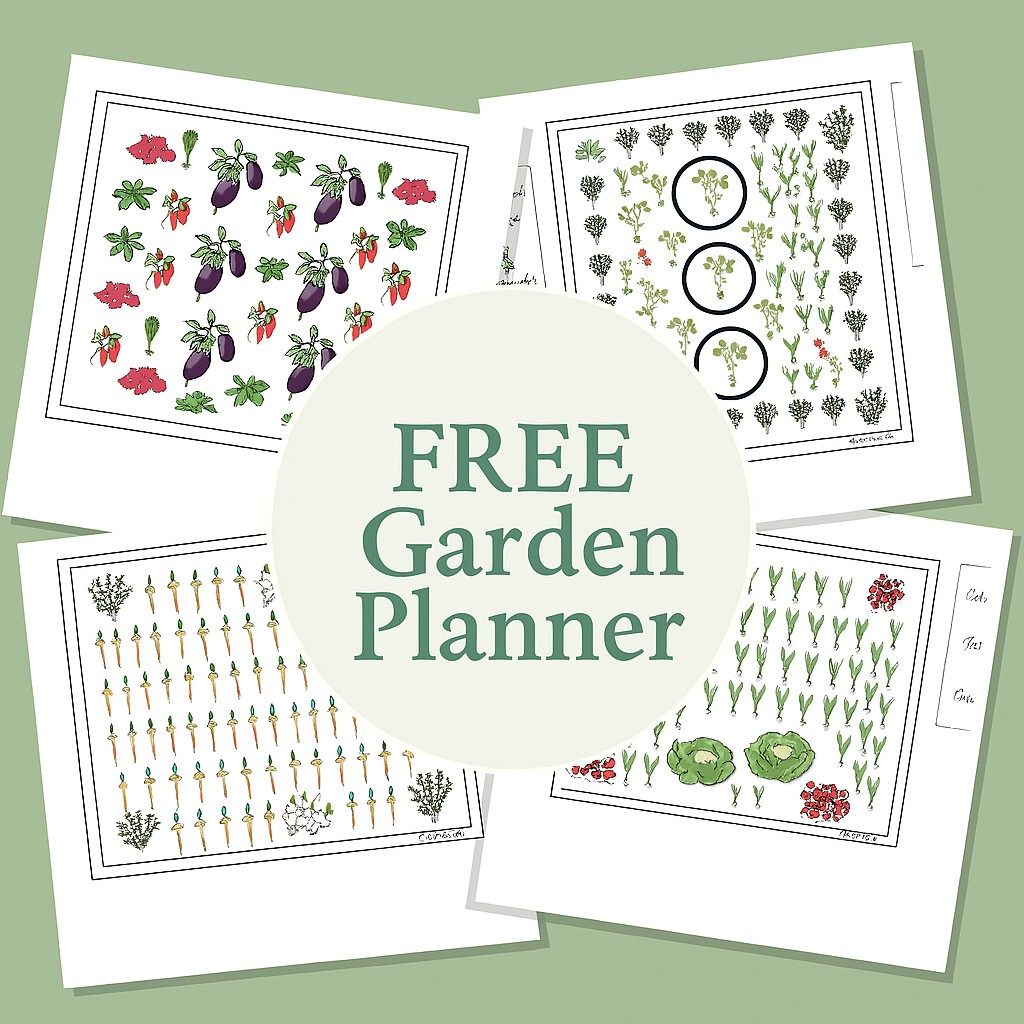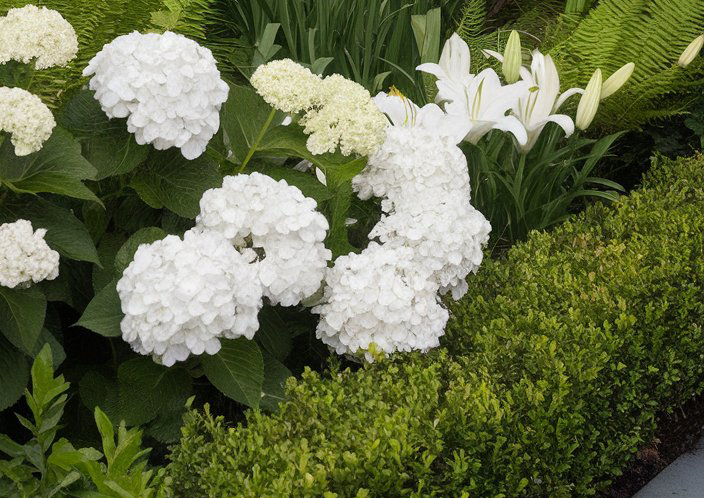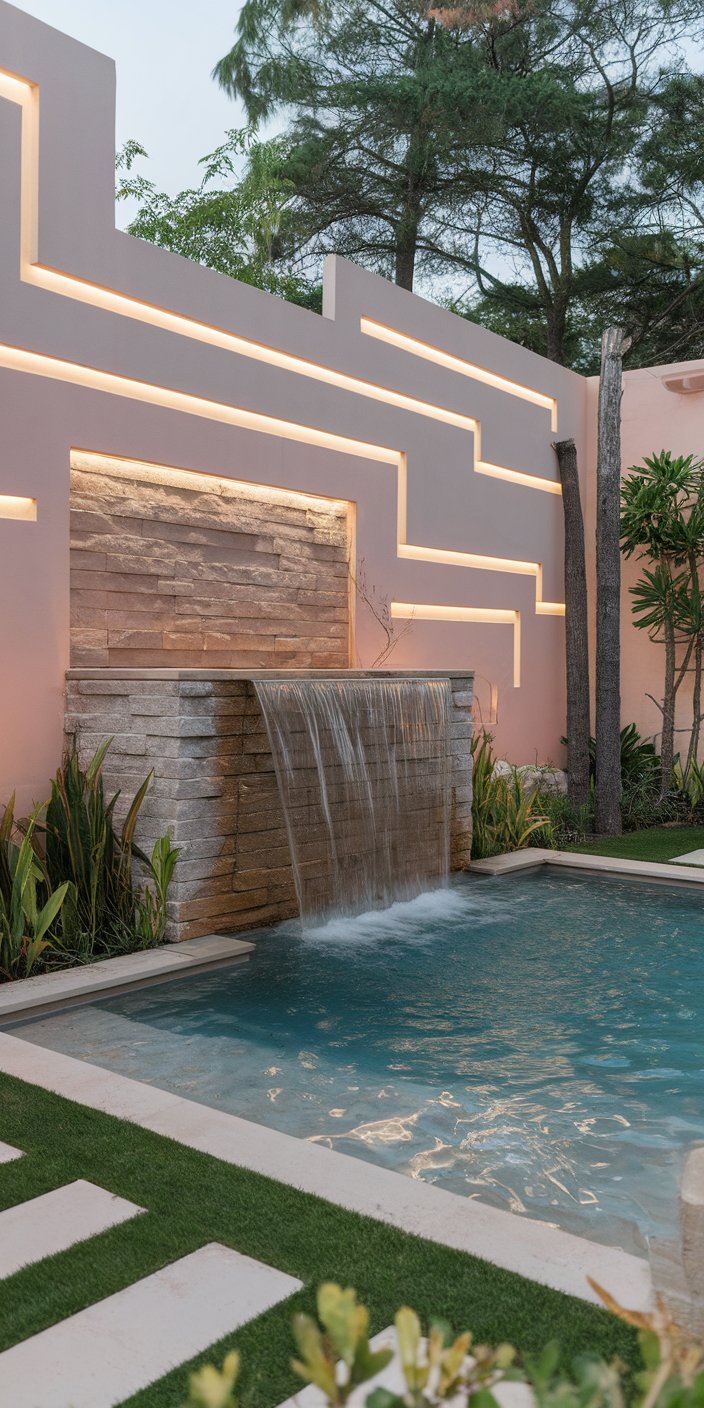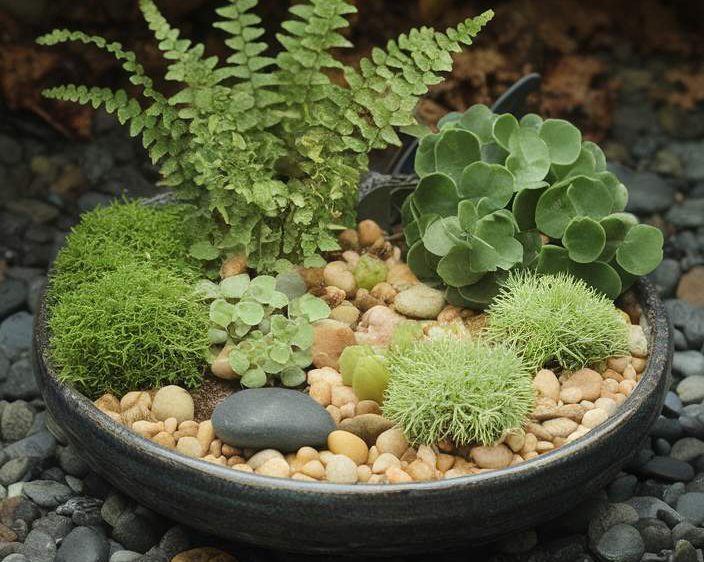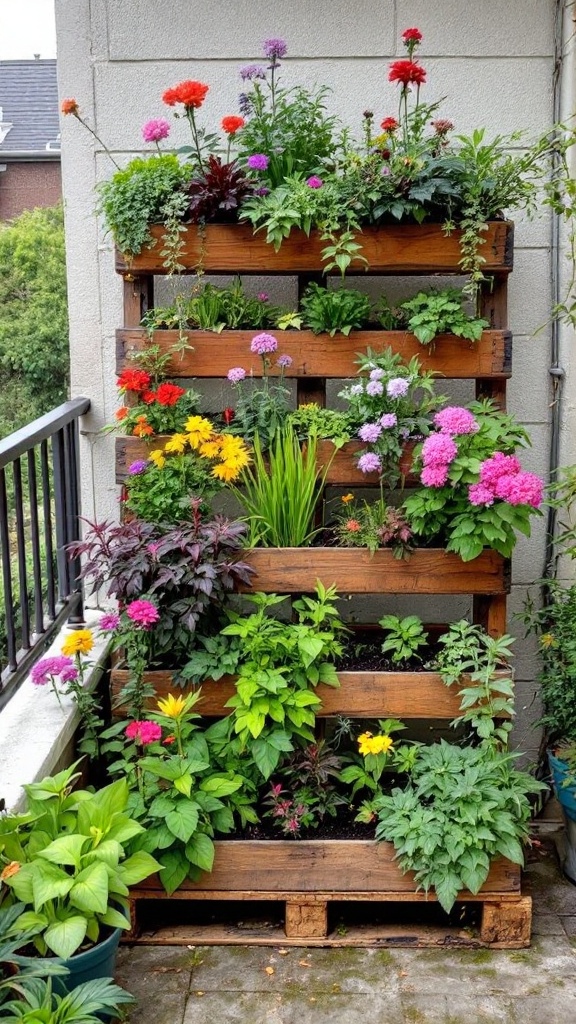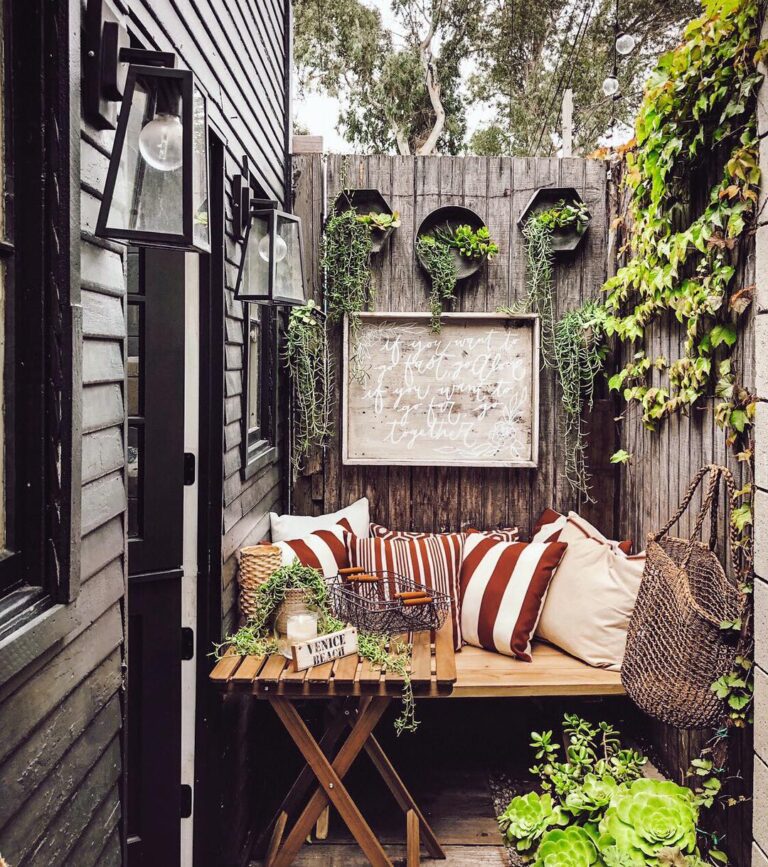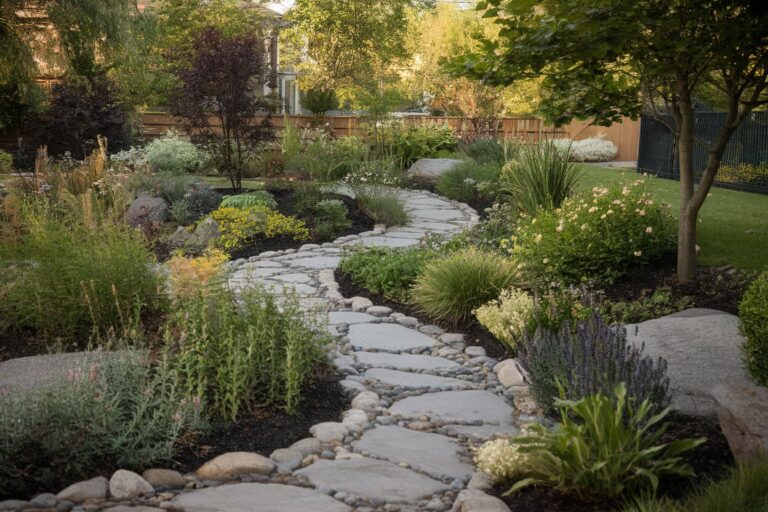What Makes Good Garden Lighting (And Why Most of Us Get It Wrong at First)
If you’re anything like me, your first attempt at garden lighting probably looked like a pack of solar spikes scattered randomly in the soil. No judgment—they do the job.
But if you’ve ever walked through a garden that glowed, not just lit up, you’ll know there’s a real difference between just “adding lights” and actually creating atmosphere.
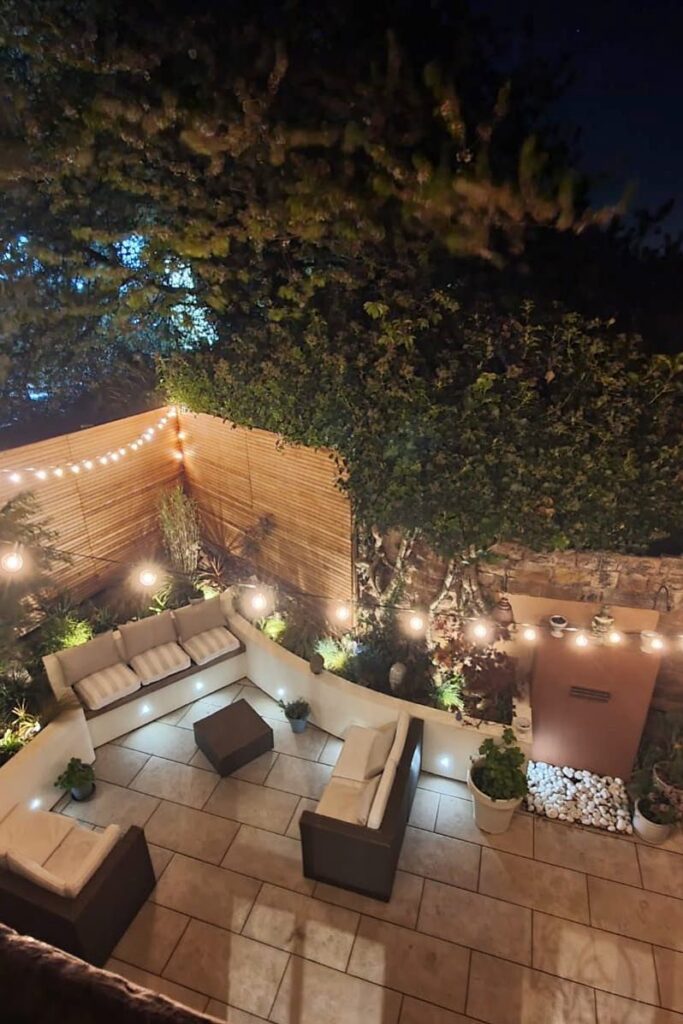
Good garden lighting isn’t about brightness. It’s about balance. It’s about mood. It’s about using light the way a painter uses color—carefully, with intention, and just enough.
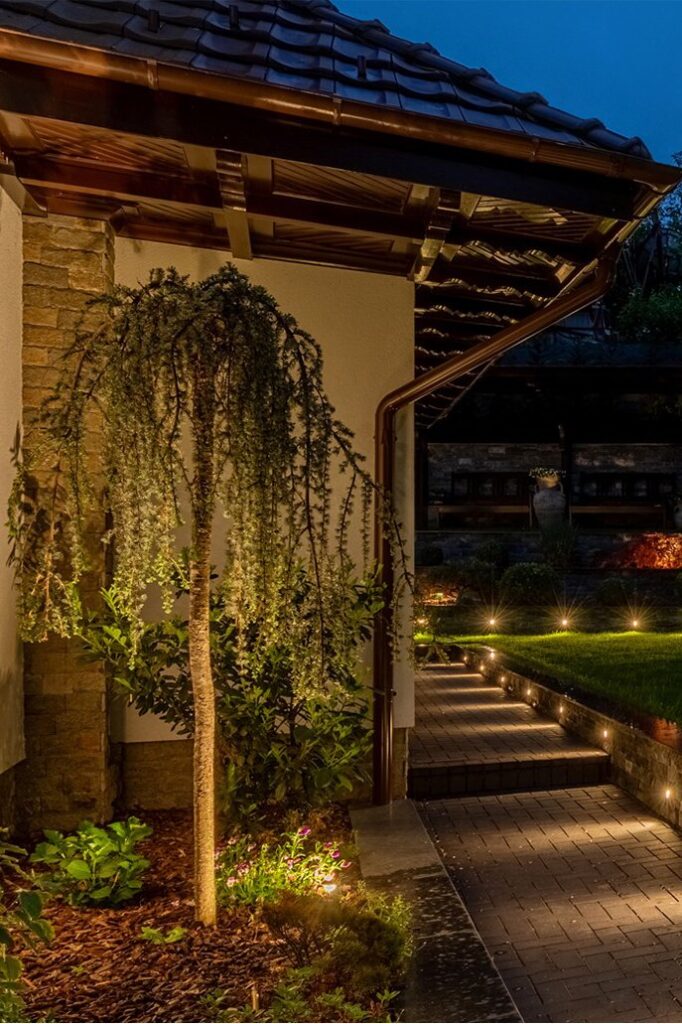
So what actually makes lighting work in a garden?
It Starts With Purpose
The best garden lighting begins with asking one simple question: what do I want this space to feel like at night? Do you want it to feel cozy? Dramatic? Safe? Magical?

If it’s a social zone—think patios, decks, fire pits—you’ll want warm, diffused lighting that creates a welcoming glow without making people feel like they’re under interrogation. Overhead string lights, low wall washes, and lanterns all work beautifully here.
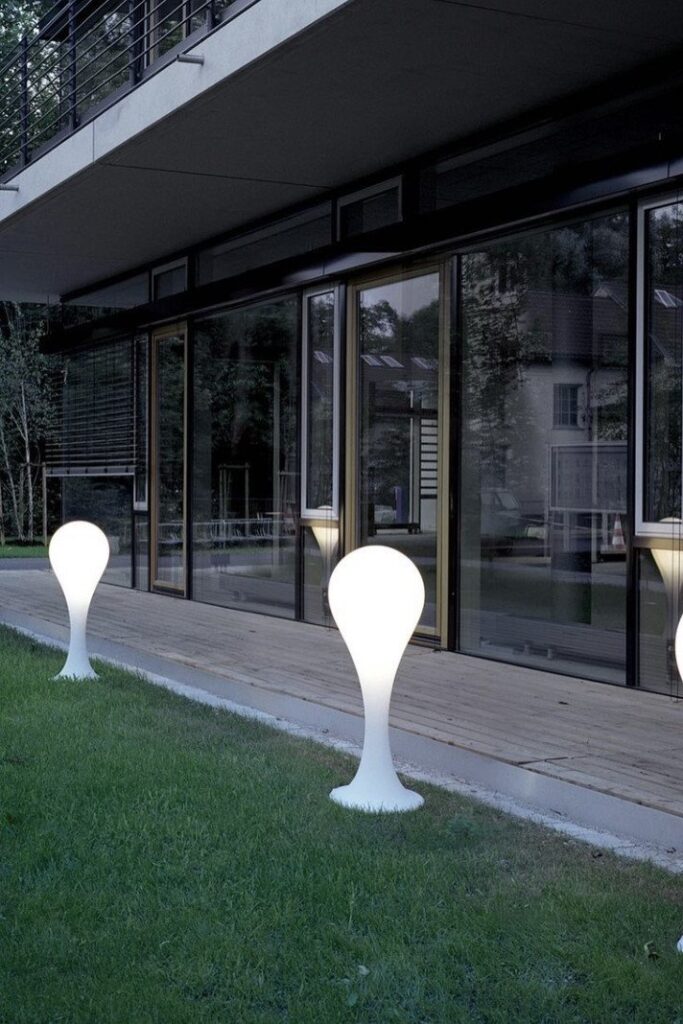
For paths or steps, you’re after subtle guidance—not runway lights. Think low bollards, recessed step lights, or even tiny in-ground dots that lead the way without overpowering the dark.

Layer It Like You Would Indoors
Good lighting is all about layering. Just like inside the house, you don’t rely on a single overhead bulb in every room, right? Same idea outdoors.
Use ambient light (like wall sconces or overhead string lights) to softly define space. Add task lighting where you need it—near seating, stairs, or the BBQ. And sprinkle in accent lighting to show off a tree, a sculpture, or a climbing vine that deserves attention.

It’s not about flooding the whole garden—it’s about giving depth. Shadows can be your friend.
Think About Temperature (The Light Kind)
This part gets overlooked a lot. Light temperature makes a huge difference in how your garden feels. A cool white light (think icy blue) might work for modern designs, but most gardens feel best under warm white tones—something between 2700K and 3000K if you’re checking packaging.
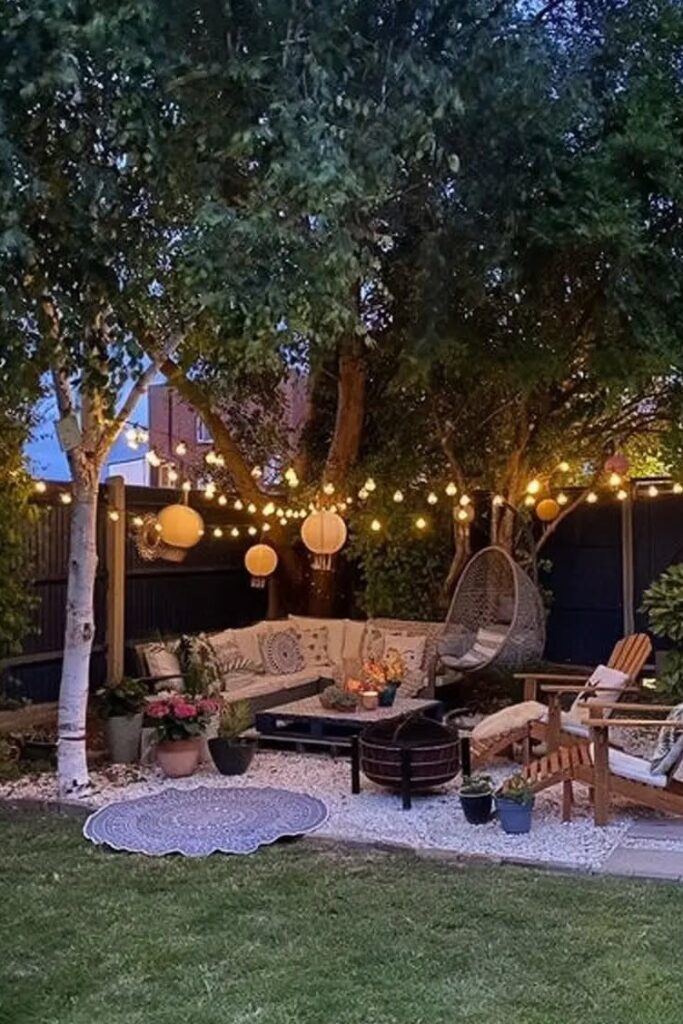
Warm light flatters greenery, makes wood glow, and just feels more natural in outdoor settings.
Highlight Nature, Don’t Drown It
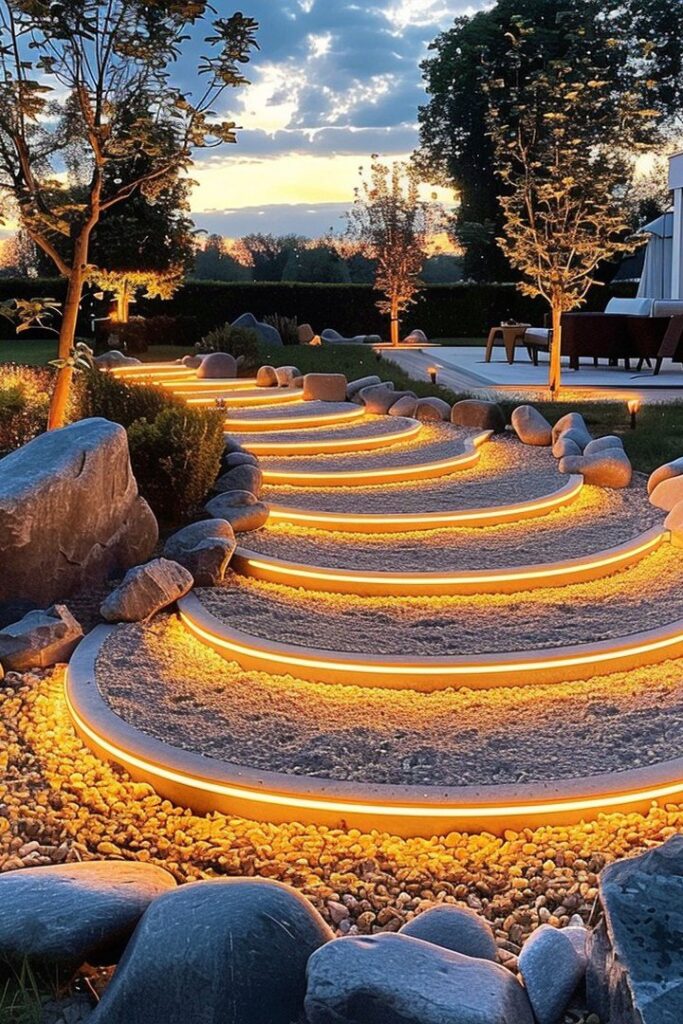
Good garden lighting doesn’t fight with the plants—it highlights them. Aim spotlights upwards into trees to make the leaves shimmer. Light from the base of ornamental grasses to get those lovely shadows on the wall behind. Or tuck soft lighting into garden beds to make flowers pop after dark.
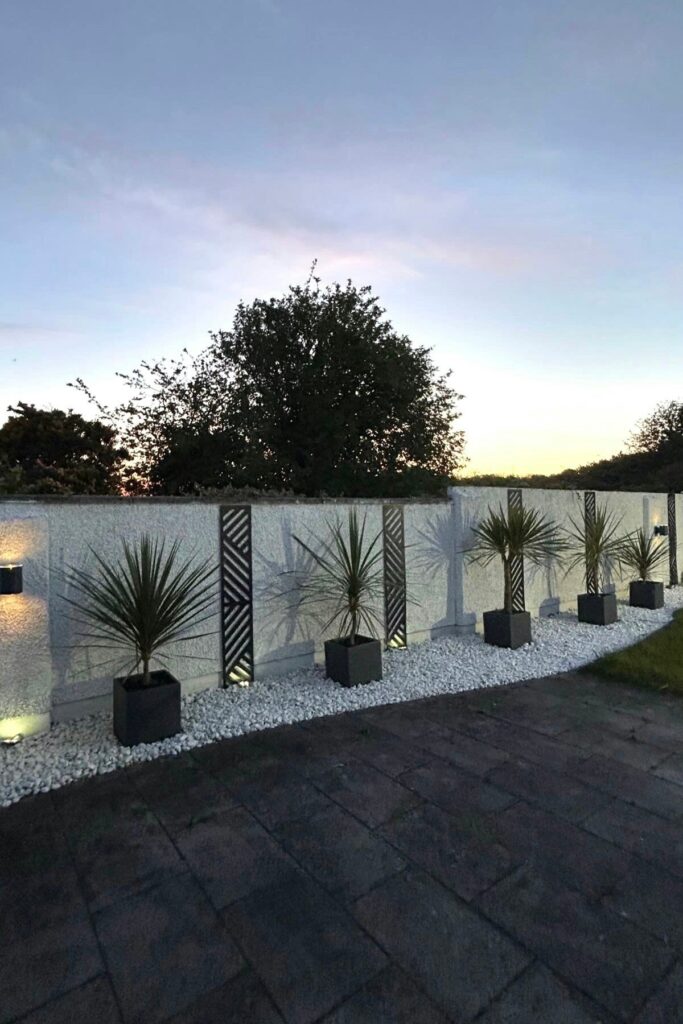
But don’t overdo it. One light per tree is usually enough. If your garden glows like a sports stadium, you’ve gone too far.
Less Symmetry, More Story
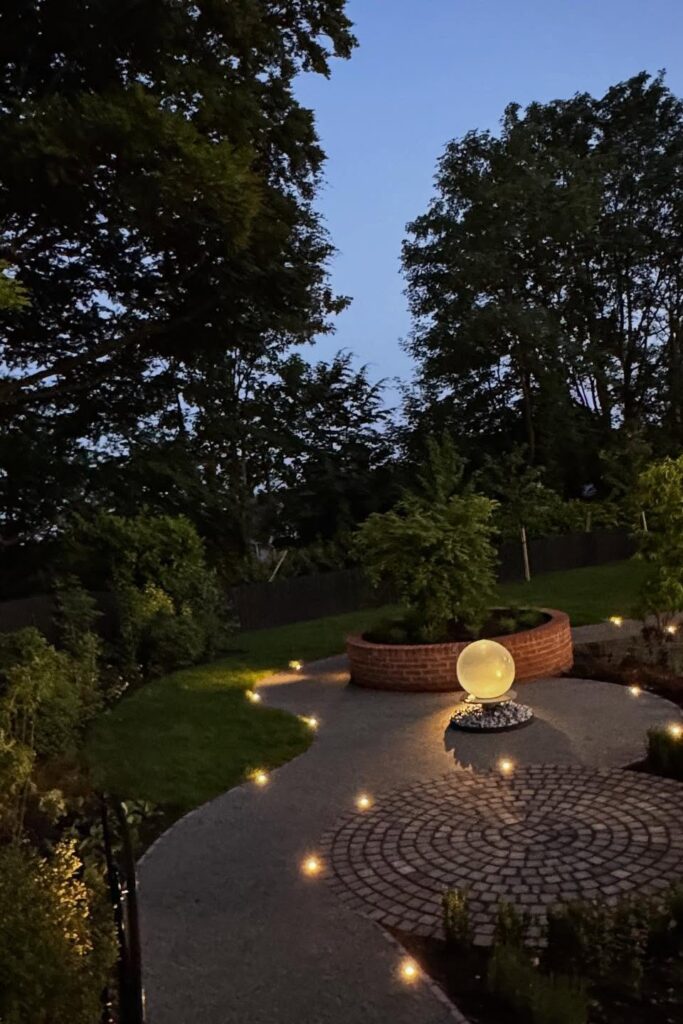
This might sound weird, but good outdoor lighting doesn’t need to be perfectly symmetrical. In fact, the best setups usually aren’t. Gardens aren’t square—so your lighting shouldn’t feel forced.

Instead, try spacing lights unevenly, varying their angles, and playing with shadows. That’s how you create something that feels organic. Like the space evolved that way—not like you installed it all in one weekend.

Use Darkness As a Design Element
Here’s the secret: darkness isn’t the enemy—it’s part of the design.

A well-lit garden isn’t glowing from end to end. In fact, it’s often the dark areas that make the light feel special. Let parts of the yard fade into shadow. Let corners stay quiet. It creates mystery, depth, and lets your eye focus where it matters.
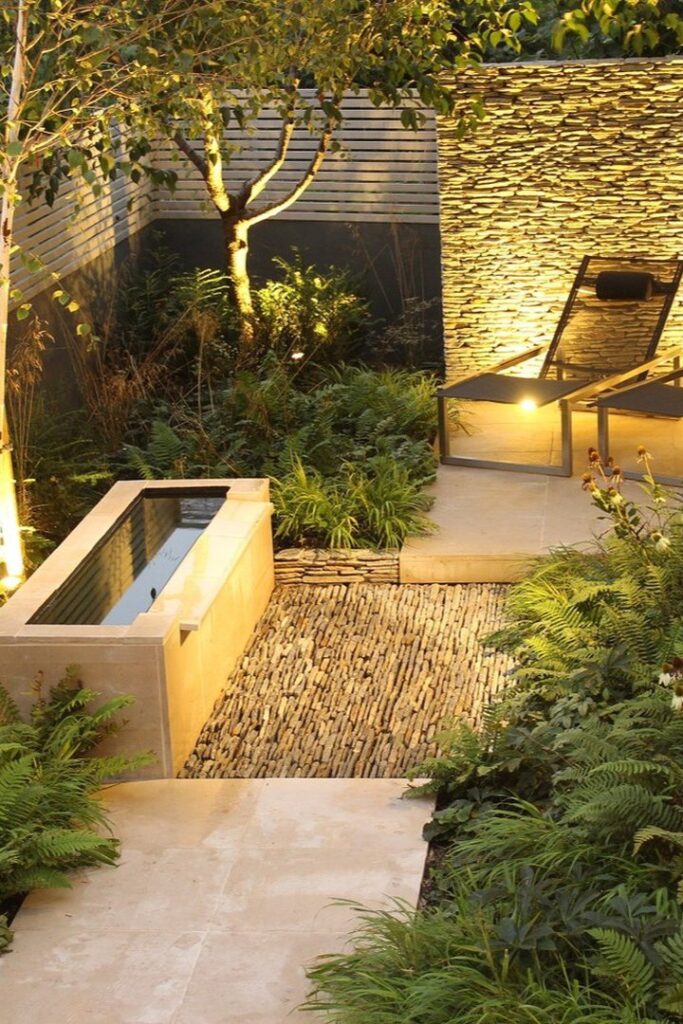
The Vibe Matters More Than the Voltage
At the end of the day, a good lighting setup doesn’t have to be expensive or fancy. A few string lights, a well-placed solar spike near your favorite fern, maybe a soft uplight under the old tree in the back—that might be all it takes.

It’s not about the gear. It’s about the feeling.
And if your garden makes you want to stay out a little longer, even after the sun’s gone down? Then your lighting’s doing exactly what it’s meant to do.
